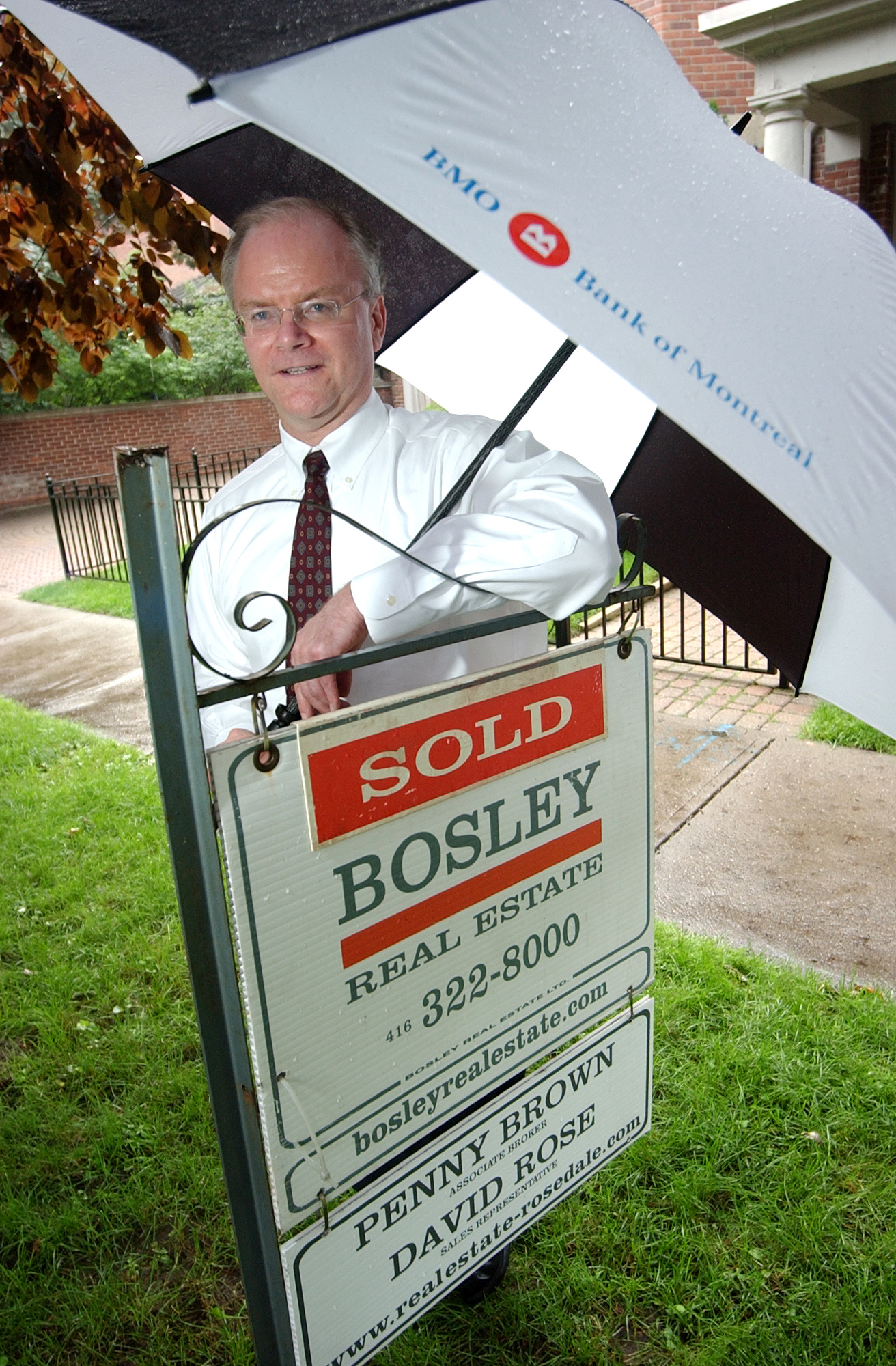News Releases
The rise in housing prices over the past several years does not reflect a housing market bubble, according to a new commentary released by the BMO Financial Group Economics Department. Instead, the rise is indicative of strong underlying economic fundamentals.
“It is the case that prices have been showing large increases nationally and in some major urban markets in recent years,” according to Paul Ferley, Assistant Chief Economist, BMO Financial Group. “However, this seems more a reflection of low mortgage rates and still attractive affordability rather than speculative activity.
“Housing affordability, both nationally and in the four major urban markets we examined, remains very attractive compared to conditions over the past couple of decades.”
The commentary notes four approaches to assessing the presence of a possible housing market bubble: trends in real housing price increases, housing prices relative to rent, housing prices relative to income, and mortgage payments as a share of income. Mr. Ferley states that the last approach, mortgage payments as a share of income, provides the strongest evidence that the current situation is not indicative of bubble conditions.
“This measure shows that low mortgage rates are keeping housing very affordable despite housing prices rising faster than income,” said Mr. Ferley. Even if mortgage rates were to rise another 200 basis points, as projected in the commentary, this ratio would still remain marginally below this historical average.
The commentary also examined four major urban markets in Canada: Toronto, Montreal, Calgary and Vancouver. In all cases, mortgage payments as a share of income are currently below the historical average.
However, if mortgage rates rise another 200 basis points as expected, the measures for both Montreal and Vancouver move above historical averages, although they will remain below this benchmark for Toronto and Calgary. In the case of Montreal, this threshold is a relatively low number, while Vancouver shows a deterioration from an already high share of income allocated to housing. Thus, while no local market is currently showing signs of “bubble market” conditions, Vancouver represents the greatest risk of such conditions emerging.
Mr. Ferley cautions that further rapid price gains could jeopardize the benign assessment found in this commentary. “The main risk is that interest rates, especially long rates, have provided, and will continue to provide, too much stimulus,” he said. “This could result in housing prices continuing a strong upward trend that move the housing market into ‘bubble’ territory.” He did note, however, that such price gains should be held off by the Bank of Canada’s likely course of raising interest rates in the fall.
|
Mortgage Payment as a Percentage of Average Labour Income |
|||
|
Current Mortgage Rates** |
Projected Peak in Mortgage Rates** |
Historical Average Value |
|
|
Canada |
40.6% |
46.4% |
46.5% |
|
Toronto |
52.8% |
59.1% |
61.5% |
|
Montreal |
36.3% |
40.6% |
37.5% |
|
Vancouver |
70.2% |
78.5% |
74.9% |
|
Calgary |
35.7% |
39.9% |
45.4% |
|
**5-year fixed |
|||
The full commentary is available at www.bmo.com/economic.

Paul Ferley, Assistant Chief Economist, BMO Financial Group, doesn't see storm clouds over the Canadian housing market.
- 30 -
